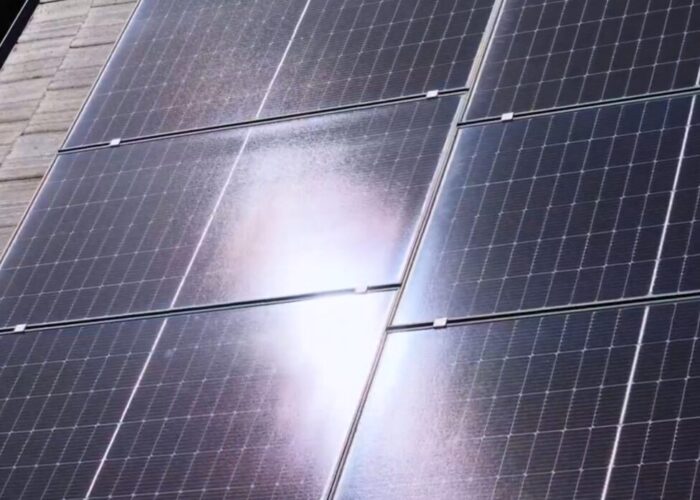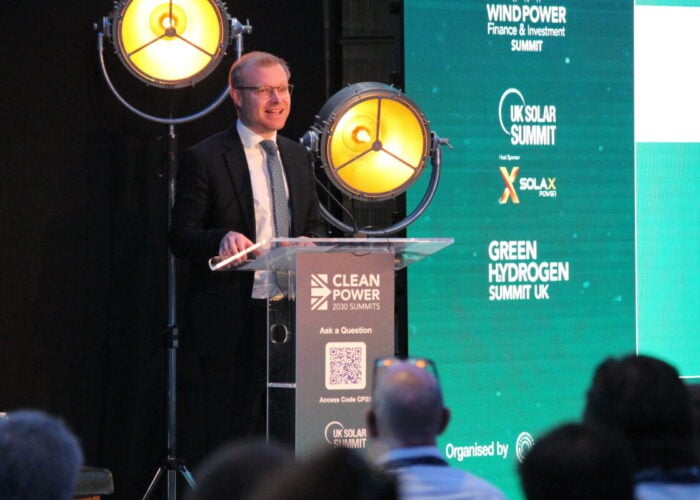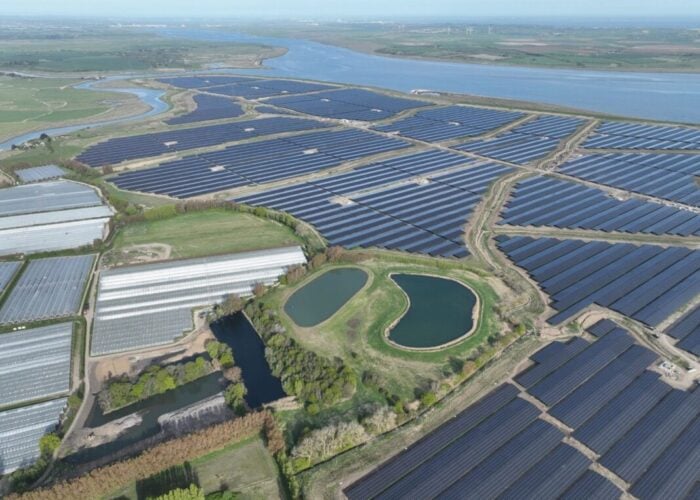
In case you missed it last Friday, the UK power market was dealt something of a shockwave.
Offshore wind projects bidding within the country’s renewables procurement process, Contracts for Difference, cleared at a staggering, record low of just £39.65/MWh. Under the terms of these deals, the UK will be lapping up renewable electricity for less than 4 pence per kilowatt hour.
Unlock unlimited access for 12 whole months of distinctive global analysis
Photovoltaics International is now included.
- Regular insight and analysis of the industry’s biggest developments
- In-depth interviews with the industry’s leading figures
- Unlimited digital access to the PV Tech Power journal catalogue
- Unlimited digital access to the Photovoltaics International journal catalogue
- Access to more than 1,000 technical papers
- Discounts on Solar Media’s portfolio of events, in-person and virtual
The mechanism works by establishing auctions – now every two years – with a predetermined amount of funding available. It’s the industry’s job to then bid into that auction with projects, with auctions clearing at strike prices which act as the minimum value per megawatt hour that projects can generate at.
Those strike prices essentially act as minimum reward guarantees for 15-year contracts which are then signed. If the UK’s wholesale price dips below that figure, then the government will honour the shortfall by means of a top-up payment. If the wholesale price is above that figure, then the generators simply receive the market rate.
It’s a mechanism not without its critics, especially when projects land notoriously rewarding contracts like the one EDF bagged for the controversial Hinkley Point C nuclear power plant. At £97.50/MWh – plus index-linked inflation – EDF stands to be paid effectively twice the expected wholesale price in the UK when it (finally) comes onstream in 2025.
Meanwhile, offshore wind plants could be powering the UK at less than half that sum. Arguments about baseload aside, offshore wind is, rightly, claiming to the cheapest available renewable resource moving forward.
But what about onshore generation? Solar and onshore wind have been controversially locked out of the previous two rounds of auctions under the CfD process, with the government citing a need to stimulate investment into so-called unproven and nascent technologies.
The CfD is essentially divided into two ‘pots’. Pot Two technologies, like offshore wind, remote island wind projects with tricky development conditions and others, are less established. Pot one technologies, like solar and onshore wind, are those with proven track records of deployment that aren’t considered to need the kind of support a government-mandated, subsidy-backed contract can offer.
Now that offshore wind clearing prices are coming in as low as £39.65/MWh – essentially lower than the forecasted wholesale price – is that asset class now all but certain to join Pot One and, if so, what does the future hold for forthcoming auction rounds?
The Department for Business, Energy and Industrial Strategy (BEIS), which is responsible for the management of the CfD mechanism, has remained tight-lipped so far over the potential for the next round of auctions to include established technologies. There’s also yet to be any confirmation as to whether offshore wind’s status as a Pot Two technology is up for debate.
UK-based trade body Renewable UK’s trumpeting of offshore wind as the cheapest low carbon generating technology in the UK last week, however, elicited responses that made it very clear the solar and onshore wind sector would relish the challenge.
Solar, of course, competed with mixed results in the first CfD round in 2015. Some projects connected at strike prices of £79.23/MWh, while others, which landed contracts at £50/MWh, were cancelled having been rendered uneconomical.
But that was four years ago, and a wave of buoyancy has swept over the UK solar market since then. Projects are coming to the fore sans subsidy this year and the UK’s pipeline, says Solar Media’s in-house market research team, now tops 5GW.
Furthermore, investors in the UK have previously called for subsidy-free CfDs, which would essentially track the wholesale price. The certainty a 15-year contract brings is evidently all that’s required to build a bankable, economically-feasible utility-scale solar farm in the UK these days.
If that is indeed the case, then the UK government could well find it difficult to resist now that offshore wind is delivering such significant cost reductions – 30% in the two years since the second auction.
Large-scale solar has been left in the cold in the UK, and offshore wind has flourished in its absence. Now’s the time for the UK government to stop throttling the competition, and let these technologies show what they’re really made of.







